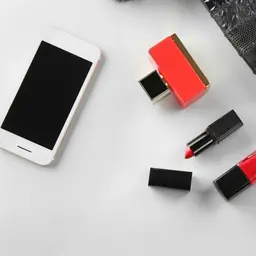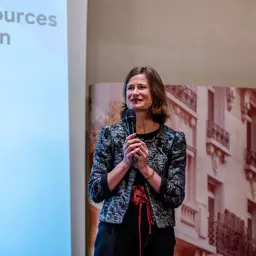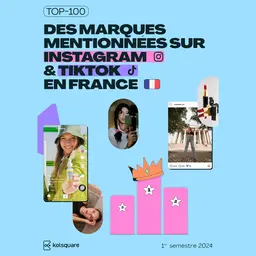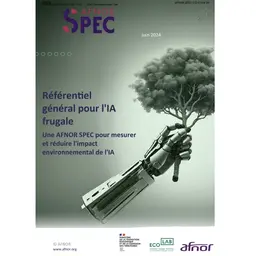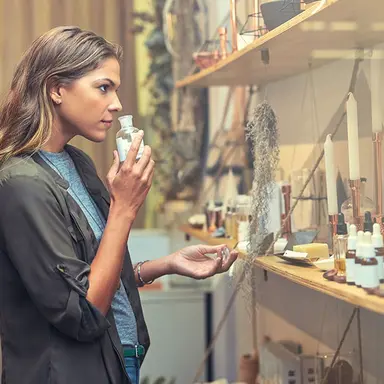
According to Richard Goodwin, the principal research scientist on an IBM project studying how to use AI for product - specifically perfume - composition, the skill that takes perfumers ten or more years to develop may be learned quicker and more precisely by Artificial Intellience (AI).
Richard Goodwin, along with his research team at IBM and global flavor and fragrance producer, Symrise, “created an AI system that can learn about formulas, raw materials, historical success data and industry trends” bringing perfumers intelligent machine-learning apprentices. Globally speaking, this can save master perfumers time to perfect a fragrance rather than searching for new combinations.
The project was built upon previously done company research that used artificial intelligence to pair flavors and create recipes combined with the more recent “Research AI for Product Composition”. As a result, a new system using advanced machine learning algorithms to comb through enormous databases of formulas and materials to recognize patterns and new mixtures was conceived. This system, called Philyra, is used to, “design entirely new fragrance formulas by exploring the entire landscape of fragrance combinations to discover the whitespaces in the global fragrance market.”
Such a method can be applied to various fields of fragrance from fine fragrances, home care, and beauty care. All these categories require very specific scents based on various fragrance families (like floral, fruity, or musky), especially fine fragrances which are considered works of art. The information that the AI analyzes can then be used to develop fragrances for incredibly specific markets like, as Goodwin used as an example, for Brazilian millennials.
The algorithms used by Philyra span four main categories: raw material complements and substitutes, raw material dosage, human responses, and novelty level of the composition. With each of these taken into account, Symrise’s Philyra successfully designed two perfumes which are expected to go on sale next summer. Before committing these fragrances to the market, however, “the initial formulas…were tweaked by a master perfumer to emphasize a certain note and improve how long it lasted on the skin.”
Once perfecting the algorithms used for creating fine fragrances, Philyra can be modified to other, less luxurious, fields of fragrances like laundry detergents, shampoos, or basically any other beauty or cleaning product we use. Fragrance is integrated into basically every aspect the human experience. As Goodwin wrote, “the art and science of designing a winning perfume is something humans have explored for hundreds of years,” which means perfumers have hundreds of years of fragrances to sift through. With a machine by their side, perfumers can focus on the art and human experience behind a fragrance, rather than trying to find a novel composition.
Further information
• See Using AI to Create New Fragrances on IBM website, October 23 2018
Source AFP-Relaxnews

